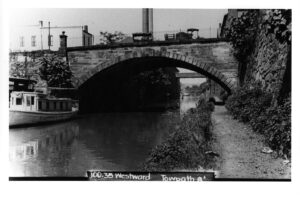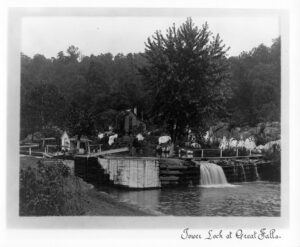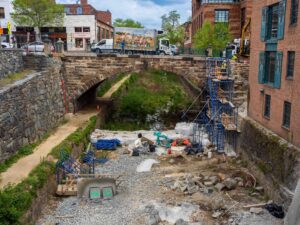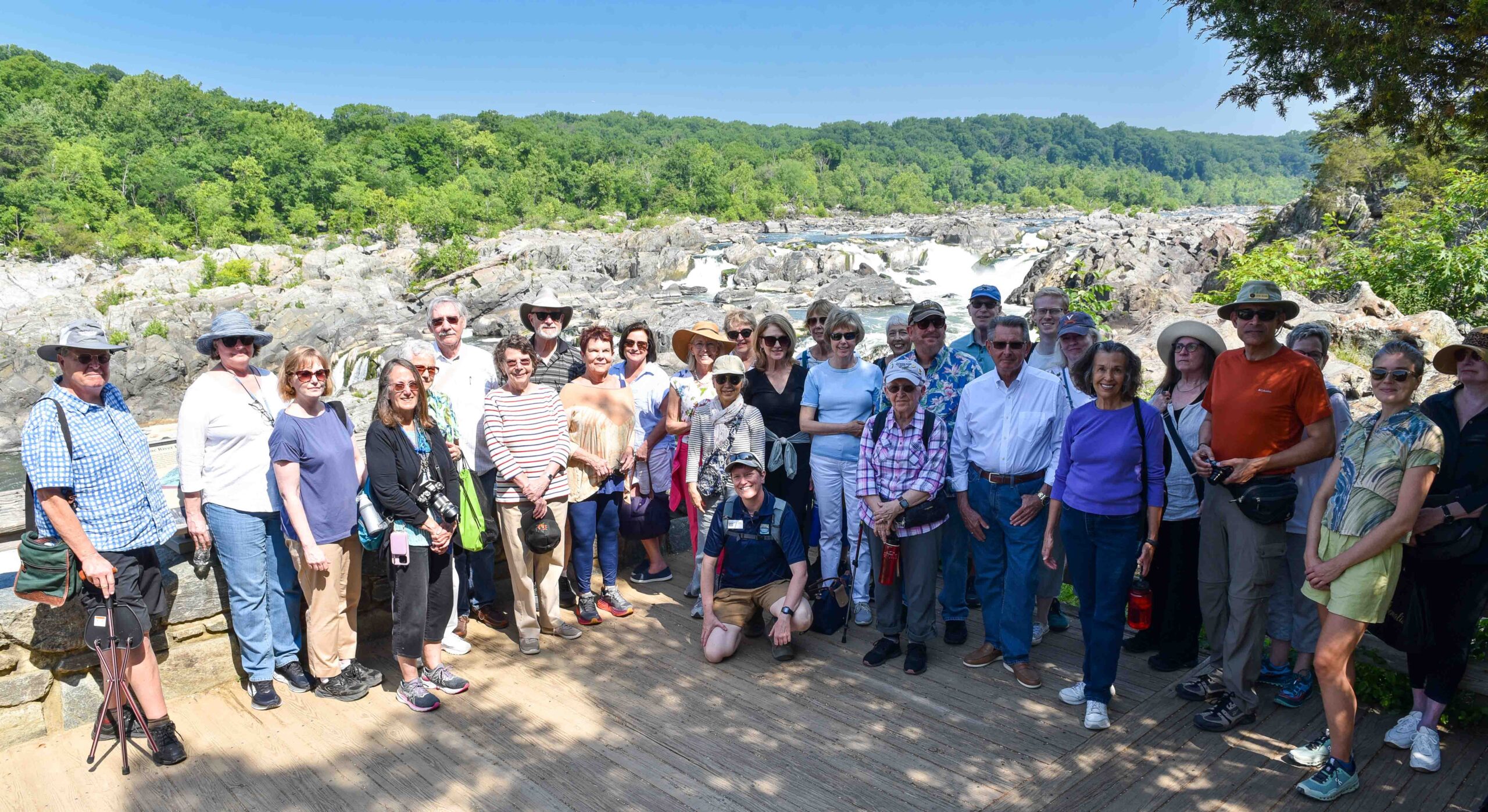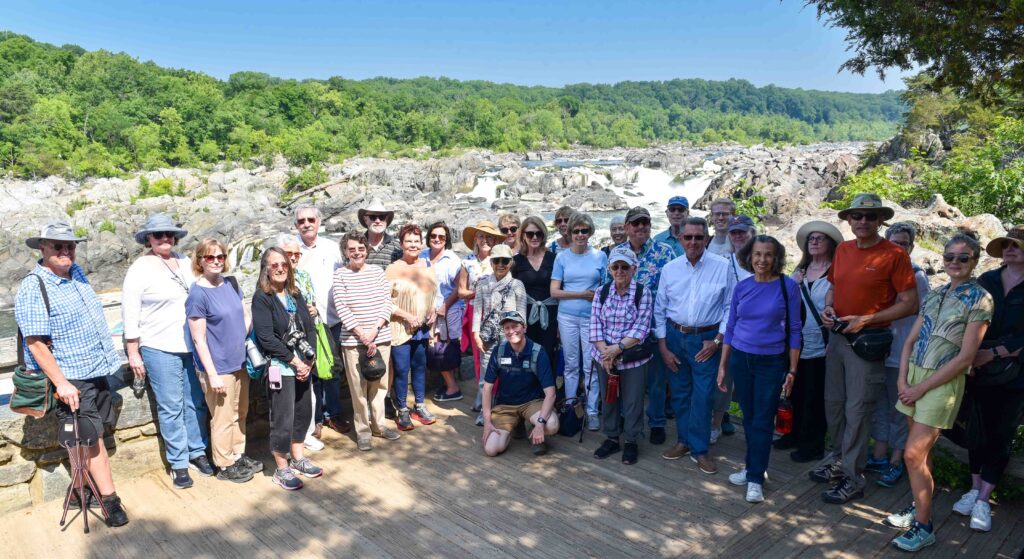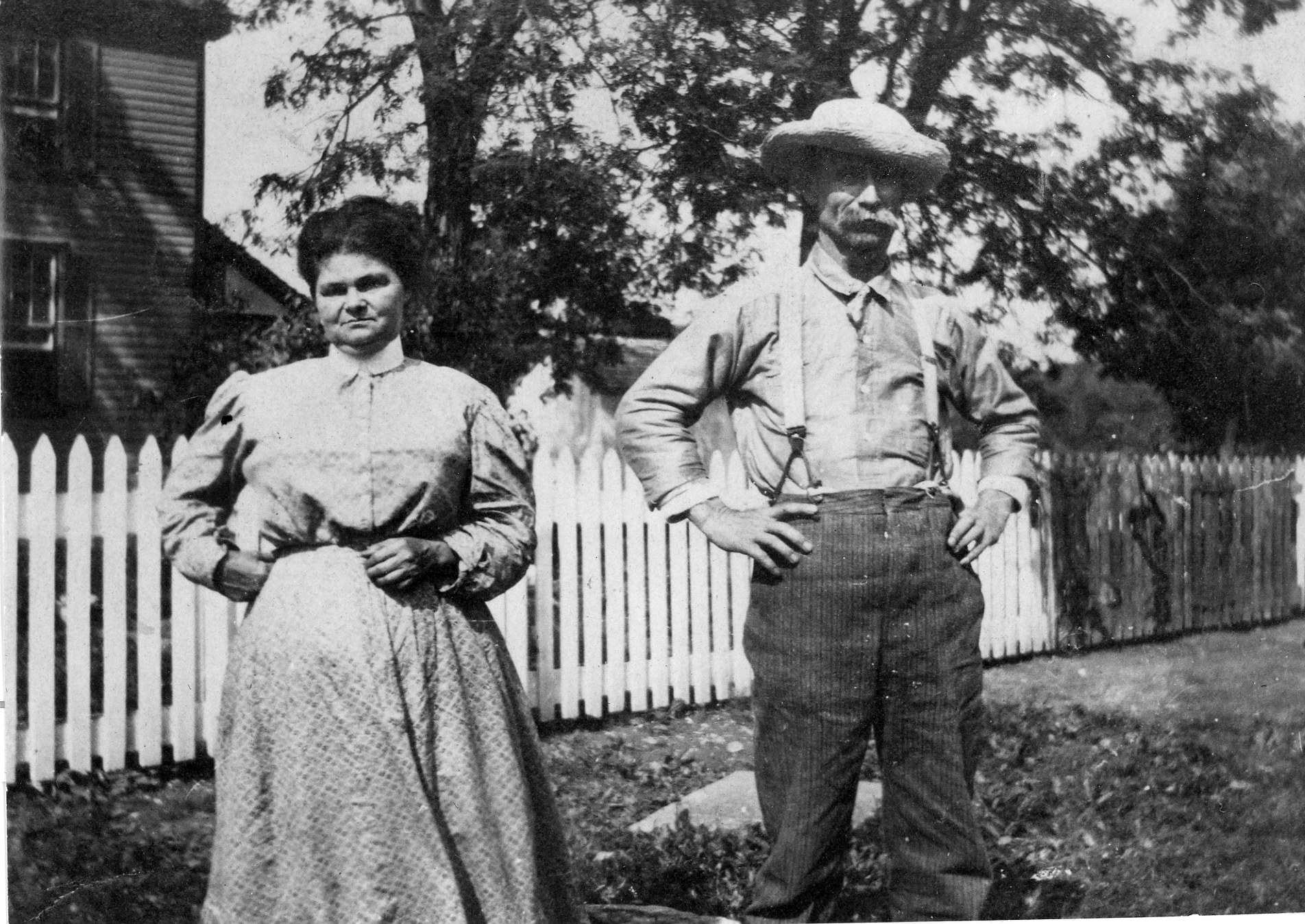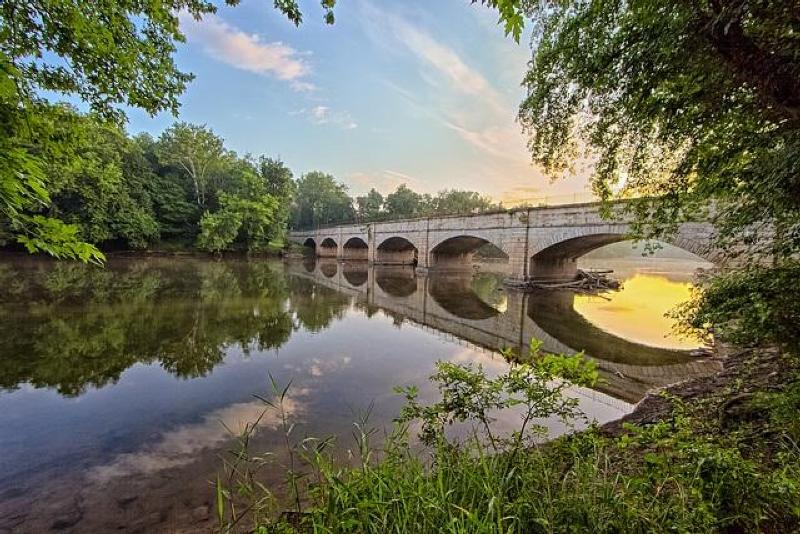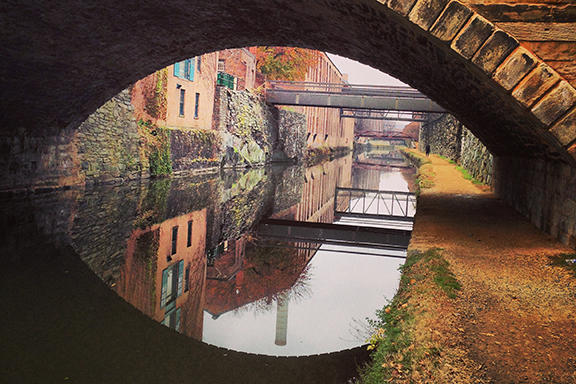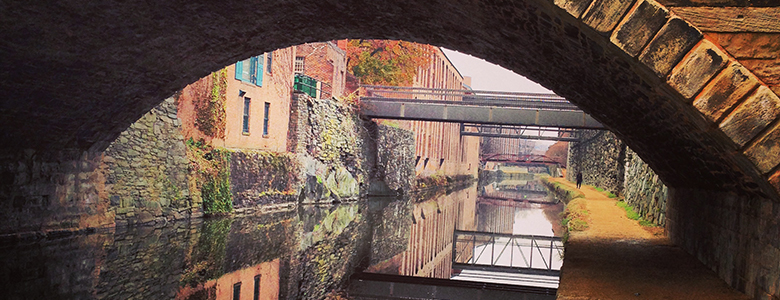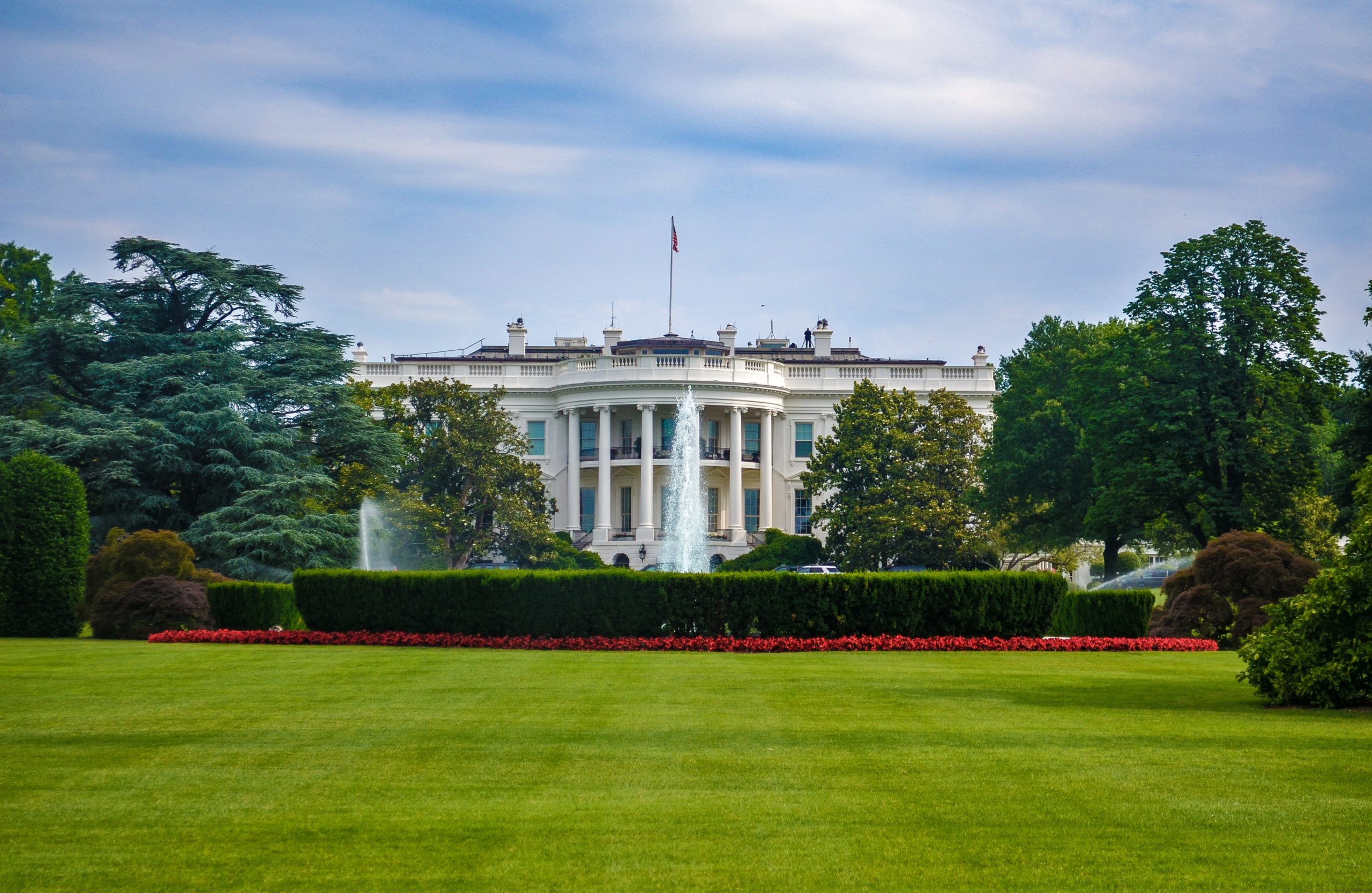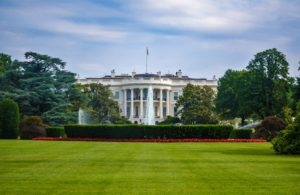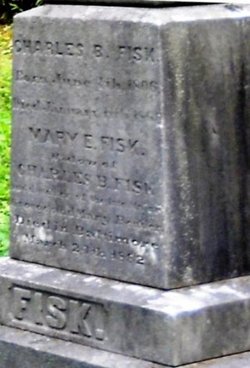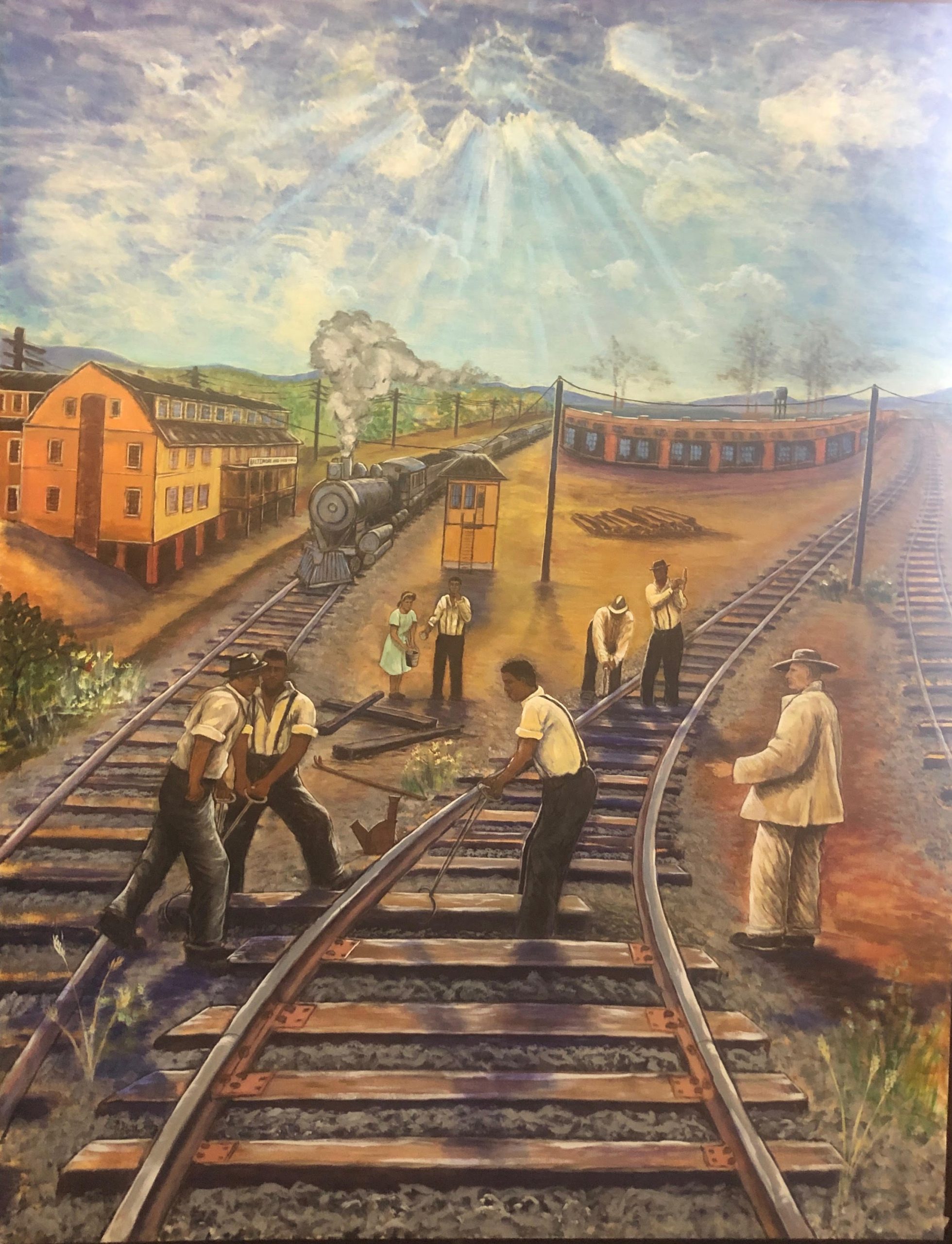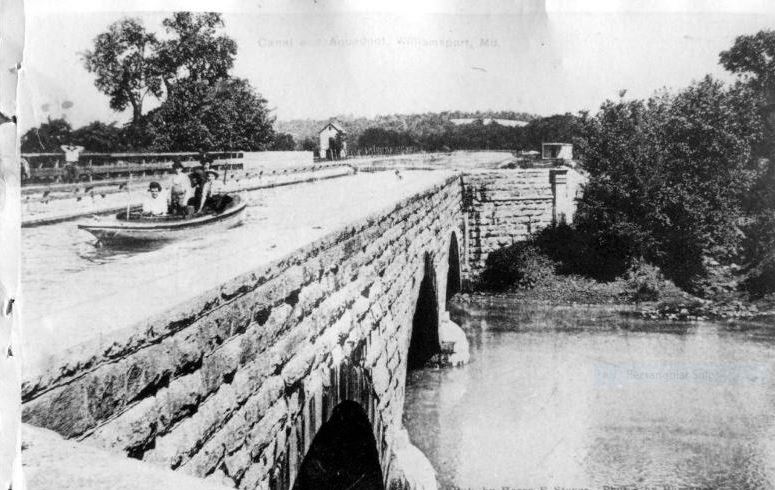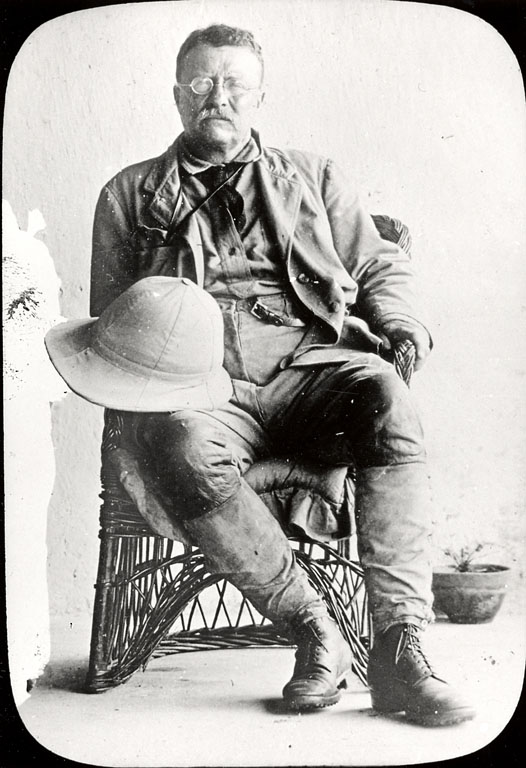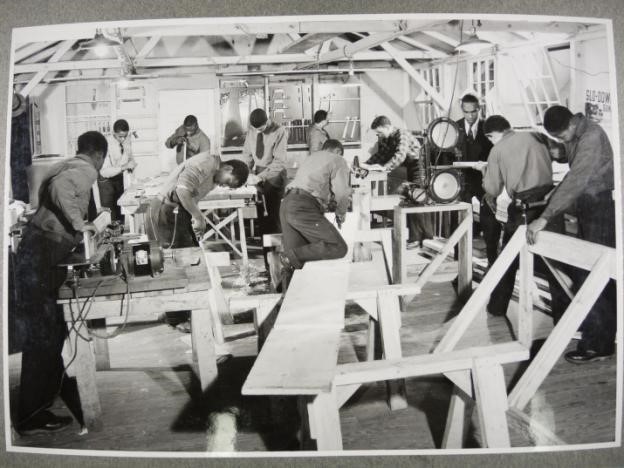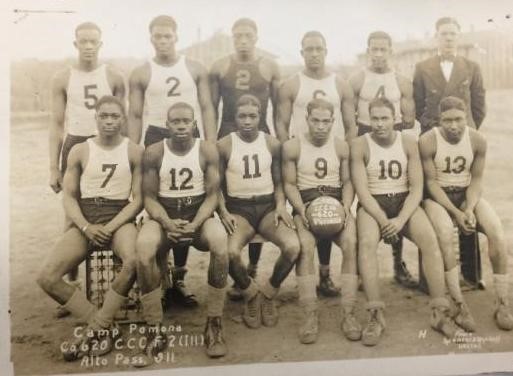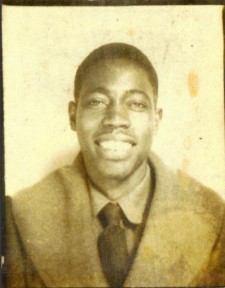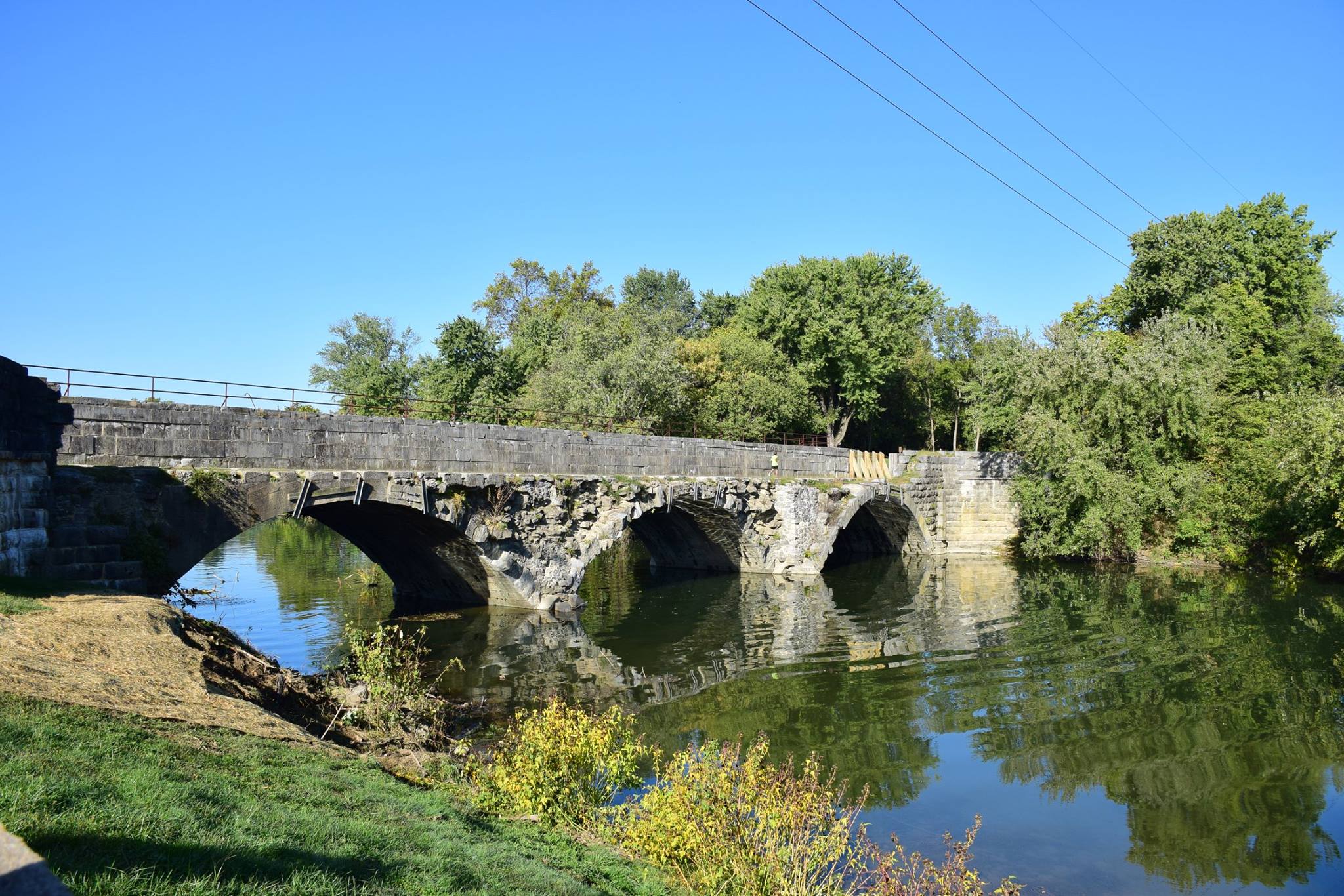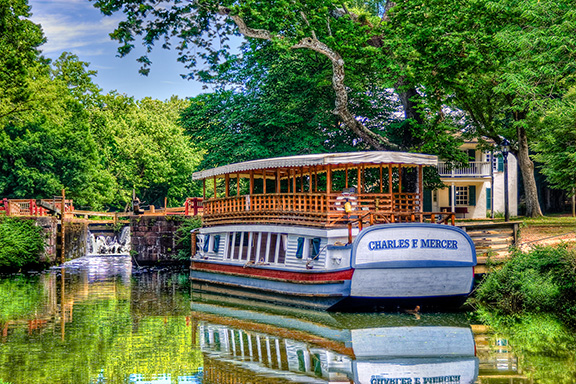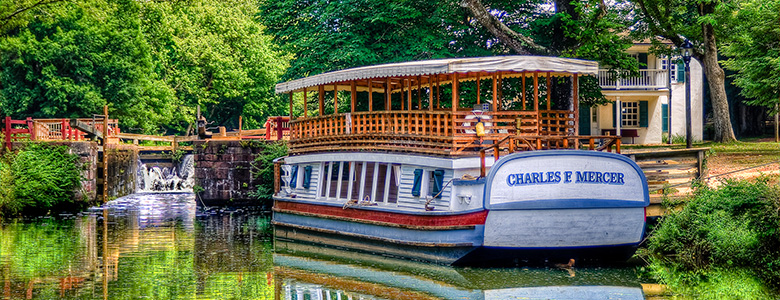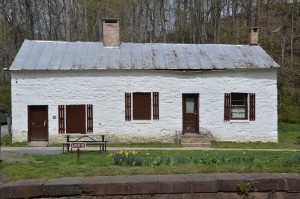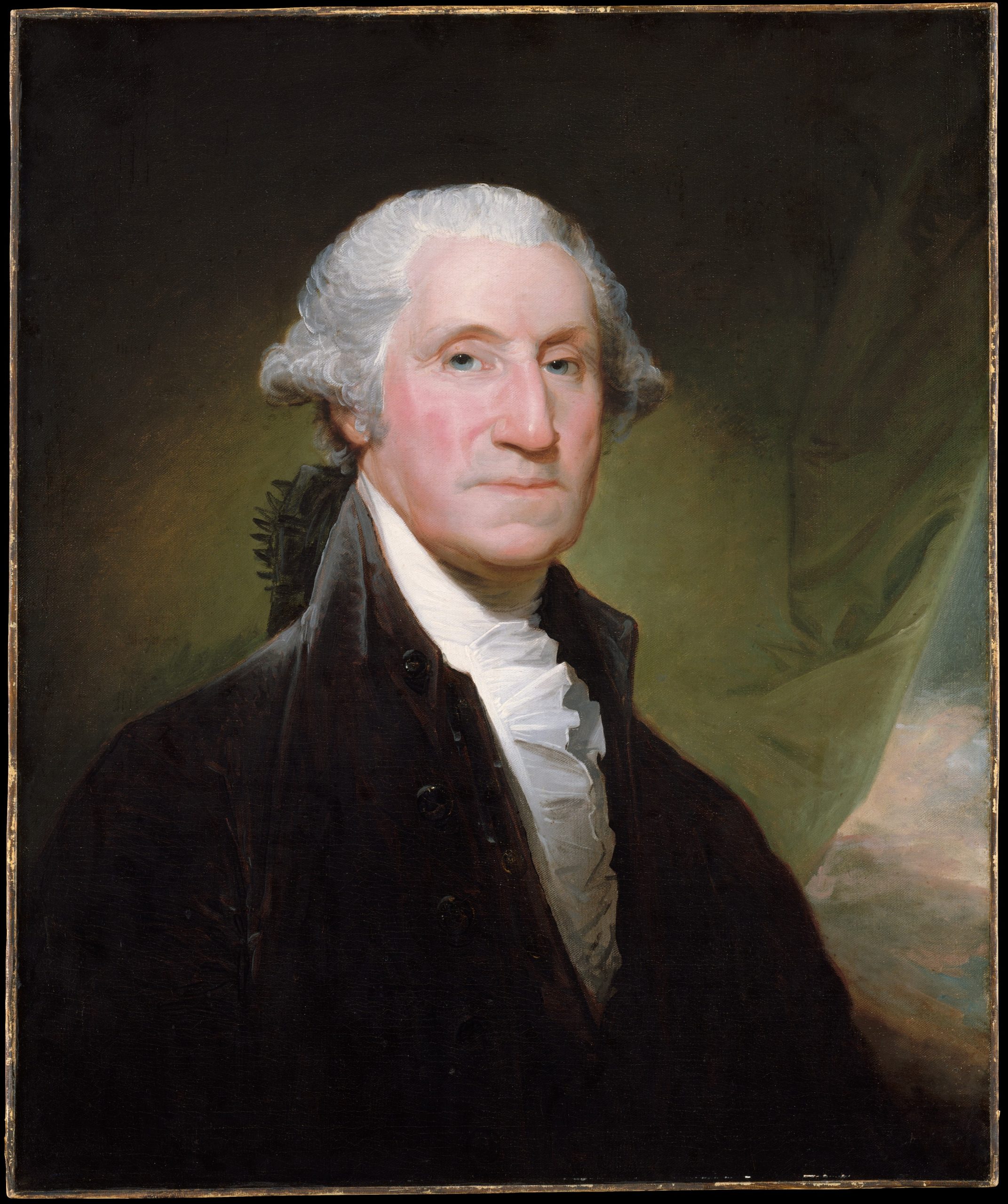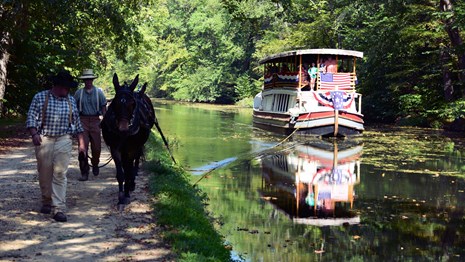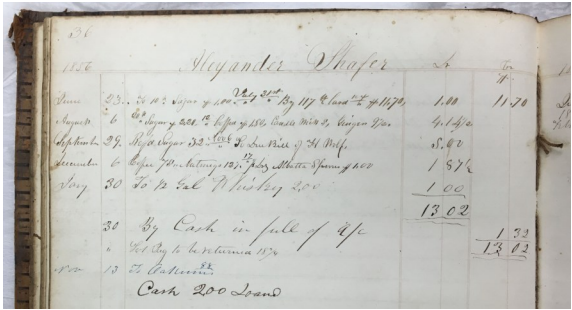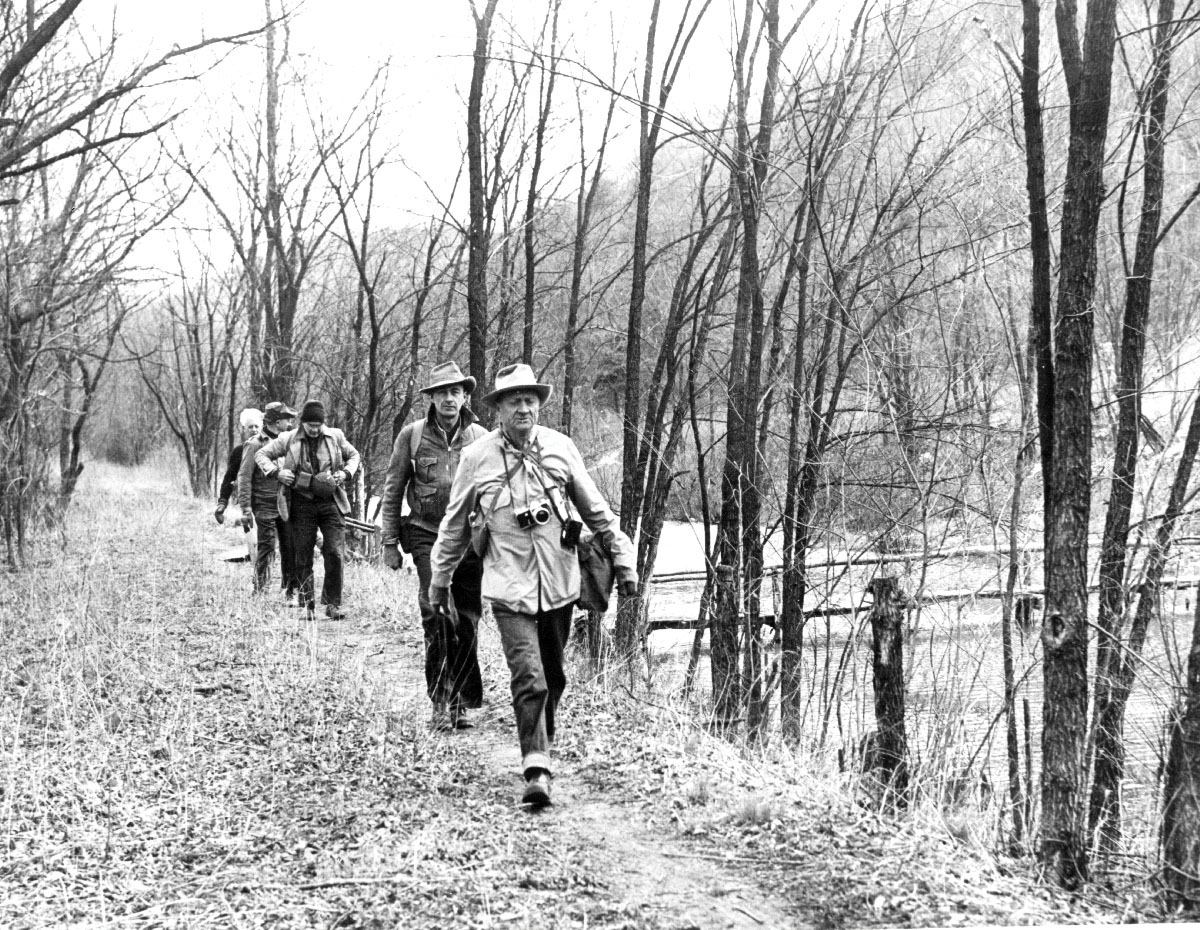Building a 184.5 mile canal doesn’t just happen in a day; it requires meticulous planning. Engineers played an essential role in designing, planning, and building the park. With over 1,300 historic structures, a variety of engineers and experts were needed to turn George Washington’s dream into a reality. To unlock the transportation potential of the Potomac River, aqueducts, culverts, locks and lockhouses, a canal prism, the towpath, and more were built. Canal engineers were the masterminds behind the construction and maintenance of such structures.
The Vision of C&O Canal Engineers
United by the goal of connecting the Chesapeake Bay to the Ohio River, C&O Canal engineers brought their expertise and experience to complete the decades-long construction of the canal. Chief Engineer Benjamin Wright was recruited by the Chesapeake and Ohio Company after his success with the Erie Canal. Known as the Father of American Engineering, Wright learned much of his craft from his uncle who helped train him in surveying techniques. He designed plans for many of the historic structures we love today, including the Monocacy Aqueduct, before stepping down as Chief Engineer in 1831, paving the way for another C&O engineer.
Charles Fisk rose to the title of Chief Engineer in 1837, after joining the project as an assistant engineer almost ten years prior. Fisk is the only C&O Canal engineer who served throughout the entire construction of the C&O Canal and was heavily involved with the construction, maintenance, and operations of dams. A Yale graduate, Fisk was dedicated to creating high-quality, durable structures and continued to reside in Washington, D.C., even after the canal’s completion.
Before the C&O Company began their work on the canal, the Patowmack Company focused on building navigable skirting canals on the Potomac River around some of its formidable rapids. However, this system incurred excessive costs that proved unsustainable, leading to its eventual abandonment. The skirt canals also required engineers, including supervisory engineer Captain George Pointer. Captain Pointer was a formerly enslaved person who worked for the Patowmack Company. He participated in the first project survey of the Potomac River and continued to work for the company even after he bought his freedom. After he retired, Captain Pointer spent the rest of his life living near Lock 6.
Continuing the Legacy
Today, many engineers honor the legacy of Captain George Pointer, Charles Fisk, and Benjamin Wright. As the C&O Canal approaches the 200th anniversary of its groundbreaking, it requires increased care to remain a safe and beautiful space to recreate and preserve the history of our region and our country. National Park Service staff are currently working on engineering projects throughout the park, including stabilizing Dam 5, rehabilitating the towpath, stabilizing Log Wall, and multiple Georgetown preservation projects. These projects help protect and preserve the structures that the canal’s first engineers worked so hard to build, engraving their stories in the continued history of the park.
To view current and recently completed projects, visit: https://www.nps.gov/choh/planyourvisit/park-project.htm

